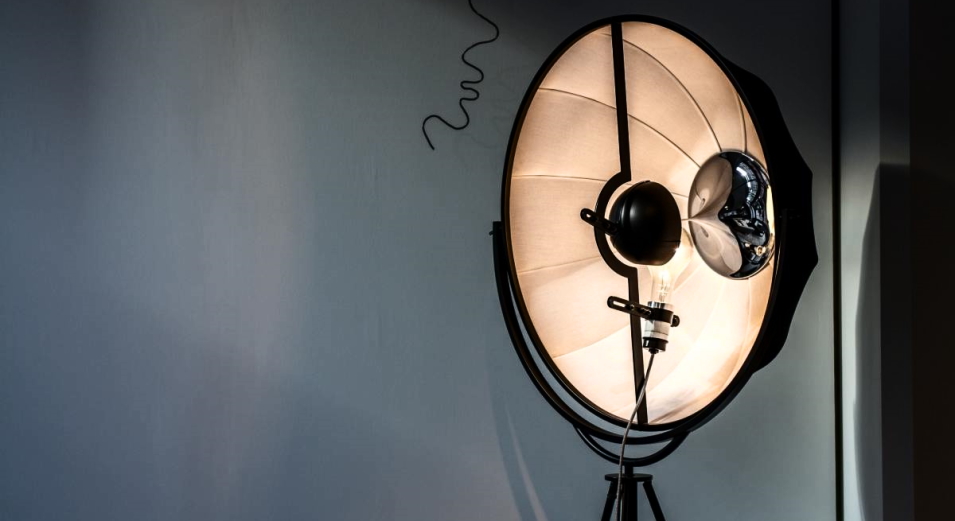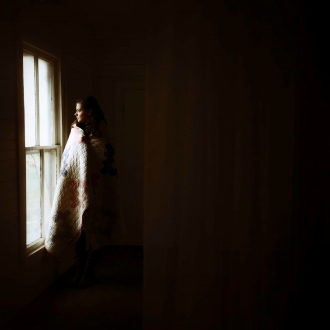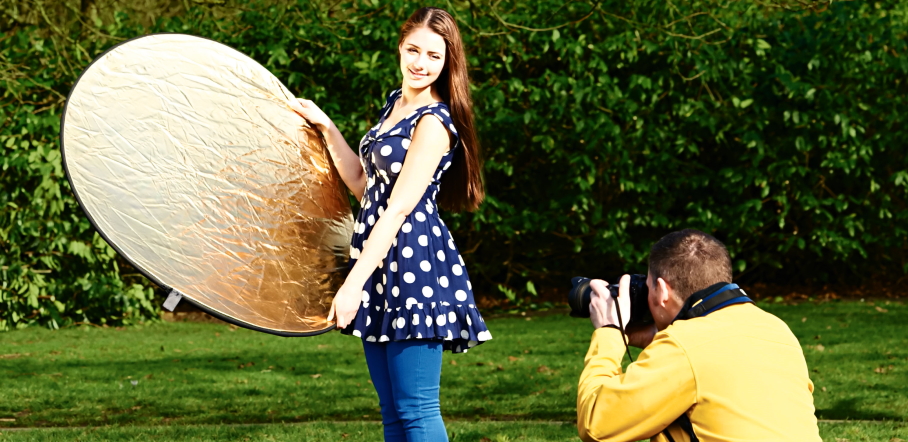Types of Photography Lighting: Understanding the Differences
There are four types of lighting to consider when photographing people. Hard light, soft light, and natural light all have varying levels of intensity. Studio lights produce a controlled level of hard light useful for specific purposes like portrait photography or product photography. Natural light can be altered in different ways using reflectors, which will soften the quality to imitate soft studio lighting. Finally, self-lit subjects allow photographers full control over how they want their subjects to appear by using flashlights or lamps as their primary illumination source.
First, let’s review the three types of photography lighting: natural light, artificial light, and continuous light. Natural light is what we see every day from the sun. Artificial lights are man-made sources that mimic sunlight or other types of illumination like fluorescent lights or LEDs. Finally, continuous lighting is a constant source of illumination that remains on for an indefinite period of time without any variation in brightness.
The key to using these two types of photography lighting effectively is by understanding their differences and similarities so you can decide which one best suits your needs.

Studio lighting in photography
What are some of the best ways to light a studio? How can you make your photos look better?
- Use natural lighting as much as possible. If you have only artificial light, use three lights with different colors.
- Make sure your subject is in front of the backdrop and not behind it, so there are no harsh shadows or glare on their face. Use reflectors to bounce more light onto them if needed.
- If using a flash, make sure it’s positioned at an angle that doesn’t create shadows under eyes or squinty looks on the face.
Types of light sources in photography
 Depending on which type of light is used, the photo will have a different mood or tone.
Depending on which type of light is used, the photo will have a different mood or tone.
Natural light is the most commonly used source for photographers because it’s free and easy to find. However, this type of lighting can be harsh, so many people prefer to use artificial lights such as lamps and flashlights. The last two types of lighting, strobe and continuous lights, are not often found in natural settings, but they provide more control over the quality and intensity. Continuous lights are very bright, so they’re mainly used indoors, while strobe lights can be seen at nightclubs or in sporting events like football games where they’re hard to miss.
Choosing suitable light sources for your photography is important. When you use just one type of light, it can lead to many problems like over-exposure or lack of contrast in the images. Instead, you want to mix different types of lights to get even lighting throughout the photo and no dark areas left behind. The two main types are natural and artificial lights. Natural light includes sunlight, moonlight, and firelight, while artificial light comes from lamps, flashlights, candles, etc.

